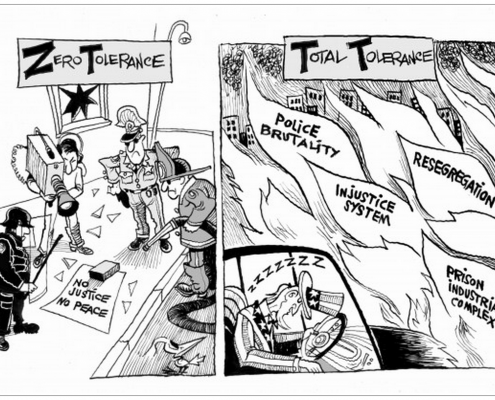Equity in the Balance
How a Living Wage Would Help Women and People of Color Make Ends Meet
November 2104
Press Releases:
Groundbreaking Report Reveals Evidence of Economic Racism
Only 52 percent of Full-Time Workers of Color Earn Enough to Make Ends Meet
- Legislature Set to Ban Local Minimum Wage Laws – Bozeman Daily Chronicle – March 19, 2015
- Living Wage: Walmart, Others, Don’t Pay Enough –The Missoulian – Dec. 22, 2014
- Report: Montana Women,Minorities Earn Less Than Living Wage – The Missoulian – Nov. 26, 201
- Families Hang In the Balance While Wages Remain Stagnant – Context Florida – Dec. 15, 2014
- Study Shows Families Lack a “Living Wage” – The Daily Progress –Nov 23, 2014
- Report: Full-time working Virginians lack living wage – Augusta Free Press – Nov 18, 2014
- Maine People’s Alliance to push for state minimum wage increase – Lewiston Sun Journal – Nov 19, 2014
- Maine minimum wage hike supporters keep pressing, eye statewide vote in 2016 – Bangor Daily News – Nov 19, 2014
- Maine People’s Alliance to push for state minimum wage hike – Lewiston Sun Journal – Nov. 19, 2014
- Women and minorities least likely to earn ‘living wage’ in Oregon – OregonLive – Nov 18, 2014
- The Job Gap: Idaho Women, Latinos, Native Americans, People of Color Hit Hardest – Boise Weekly – Nov 18, 2014
- Report finds Idaho has bigger wage gaps for women, minorities than … – The Spokesman Review – Nov 18, 2014
Quotes about the report:
Dr. Dorian Warren, associate professor of political science at Columbia University, calls the report “groundbreaking.”
“No one in the country is talking about economic racism – and here, in this report, are the numbers that clearly illustrate its existence and its impact,” Warren said. “When people talk about poverty, race has disappeared from the conversation. The economy and race have become uncoupled in our country.”
Saru Jayaraman, director of Restaurant Opportunities Centers United:
“Equity in the Balance provides a stark national picture of what we’ve been seeing over the past decade in the restaurant industry, one of the largest private-sector employers in the nation. Women and people of color bear the brunt of the country’s growing income inequality gap.”
“Increasingly, the only jobs available to all people are low-wage jobs,” Jayaraman said. “The difference for women and people of color is that they are never able to move out of these jobs and into positions that will allow them to support their families.”
